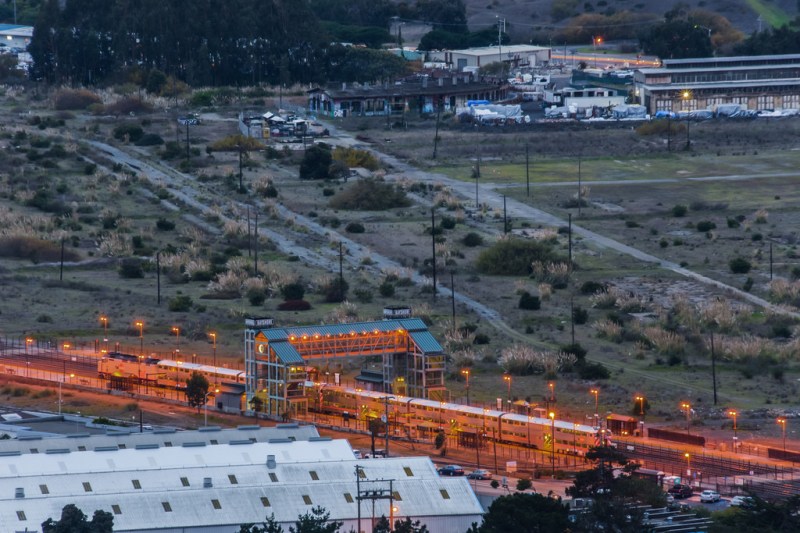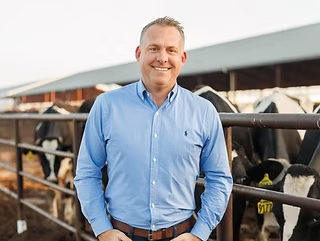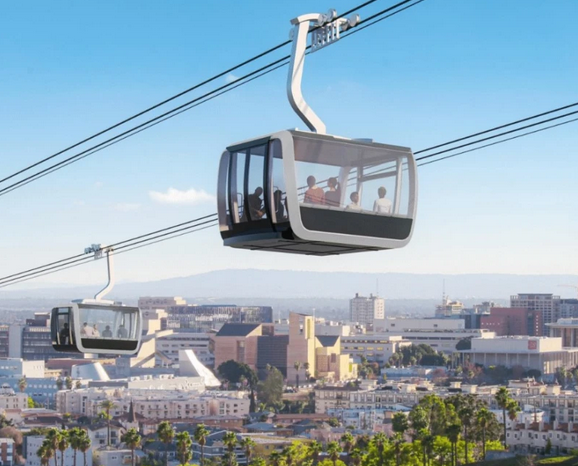Note: GJEL Accident Attorneys regularly sponsors coverage on Streetsblog San Francisco and Streetsblog California. Unless noted in the story, GJEL Accident Attorneys is not consulted for the content or editorial direction of the sponsored content.
The More HOMES act, a new state housing bill released yesterday from State Senator Scott Wiener, would create new zoning standards for the construction of housing near job centers and public transportation. This new transit-oriented development bill, modeled after the failed SB-827, is the latest attempt to prevent local municipalities from jamming up housing projects near public transit stations.
From Senator Wiener's statement and Medium post on Senate Bill 50:
We must take bold steps now to address our severe housing crisis and reduce our carbon footprint. California’s housing shortage hurts our most vulnerable communities, working families, young people, our environment, and our economy. It also increases homelessness. For too long we have created sprawl by artificially limiting the number of homes that are built near transit and job centers. As a result of this restrictive zoning in urbanized areas, people are forced into crushing commutes, which undermines our climate goals, and more and more Californians are living in wildfire zones. As educational and economic opportunities become increasingly concentrated in and near urban areas, we must ensure all of our residents are able to access these opportunities.
(The "HOMES" part of the bill title is for "Housing, Opportunity, Mobility, Equity, and Stability.")
The pro-housing group, California YIMBY, worked on the bill and is asking people to sign a petition in its favor. "The More HOMES Act creates new incentives for the construction of housing within one-half mile of existing transit stations in California cities, and includes protections against displacement for renters and sensitive communities living in those areas," wrote the advocacy group in a statement.
The Los Angeles Times's Liam Dillon did a great analysis of the legislation, explaining why some groups that opposed 827 are in favor of this new attempt. Put simply, the new legislation contains provisions to protect against displacement, by blocking developers from knocking down certain types of existing housing. It also has incentives to push into wealthy areas that have previously blocked TODs.
"While there are still details in the bill to be worked out, such as affordability requirements, it looks like a tremendous improvement over SB 827. One of the biggest improvements is in the area of tenant protections; sites wouldn't be eligible if they had been occupied by tenants within seven years preceding the date of the application. While this will reduce the number of eligible sites, it negates the potential for the loss of significant rental stock upon signing of the bill," wrote Stuart Cohen of TransForm, an organization that did not support SB 827, in an email to Streetsblog. "The last thing we need is a new round of displacement."
"The bill also now applies to job-rich areas even if they don't have qualifying transit access," continued Cohen. "In these areas, as well as near high-quality bus-corridors, there would be no density restrictions and minimum parking would be capped at 0.5 spaces per unit. Building heights would not change from existing codes. What this does is allow more units but without changing the character of communities."
The building height provision may be key to getting buy-in from San Francisco, although it does mandate increased height limits near rail stations, as Wiener stressed in his Medium post (see photo below):
Within ½ mile of fixed rail, a city may not impose maximum height limits lower than either 55 feet or 45 feet. (Bus stops and job-rich areas will not trigger height increases; rather local height limits will apply.) SB 50 defers to local design standards, inclusionary housing requirements, setback rules, demolition standards (unless they are too weak), and height limits (except near fixed rail stops).
Combined with bills (now law) such as A.B. 2923, which gives BART more control over how it develops its station areas, and S.B. 35, there might yet be some hope for solving the Bay Area's acute housing deficit.
For more information on the legislation, check out this fact sheet. Or read the legislation itself.






